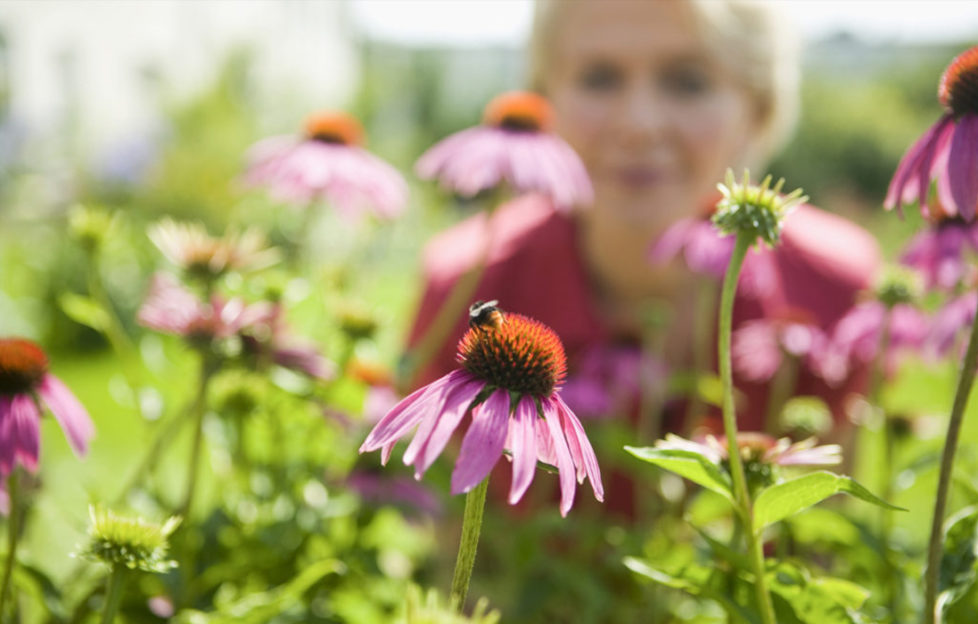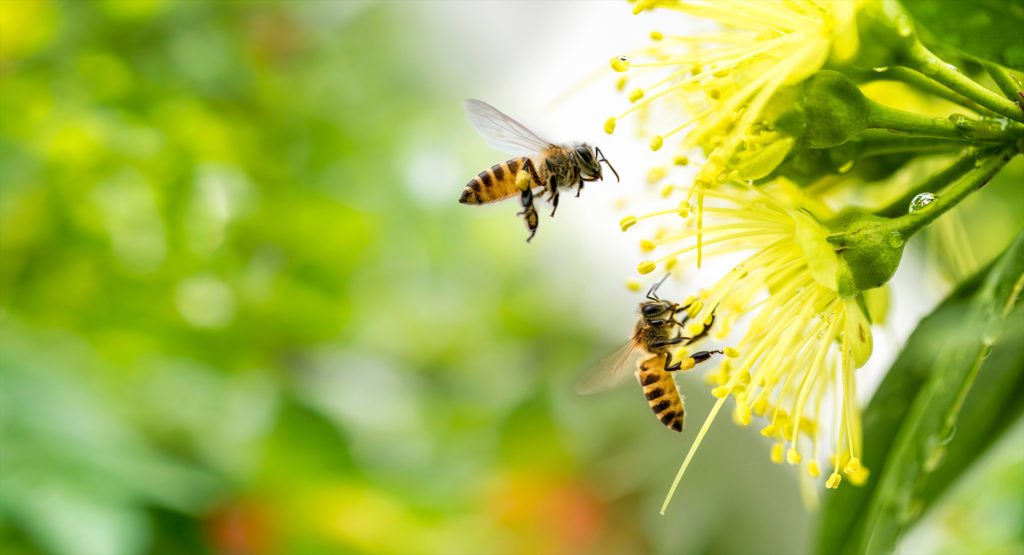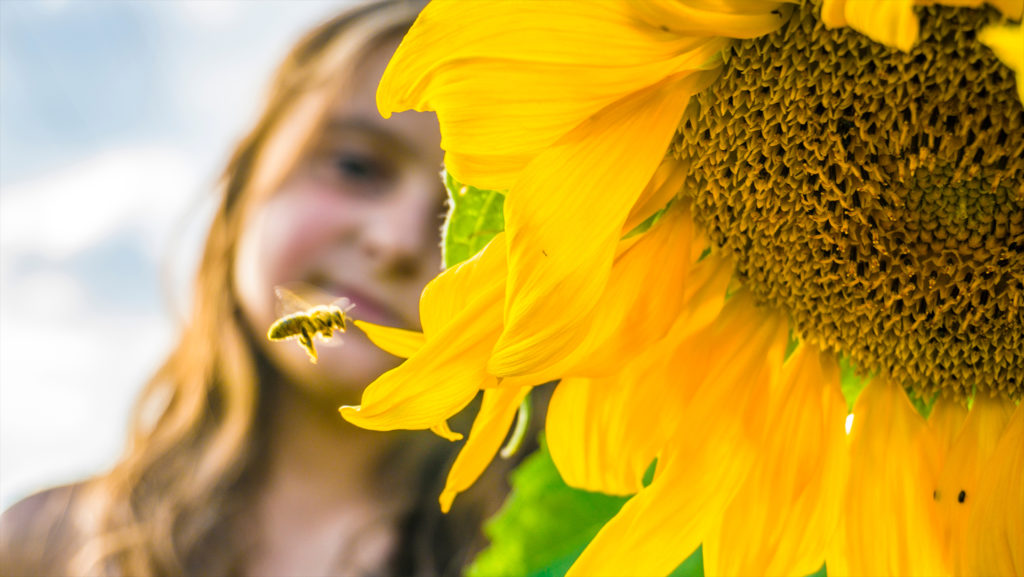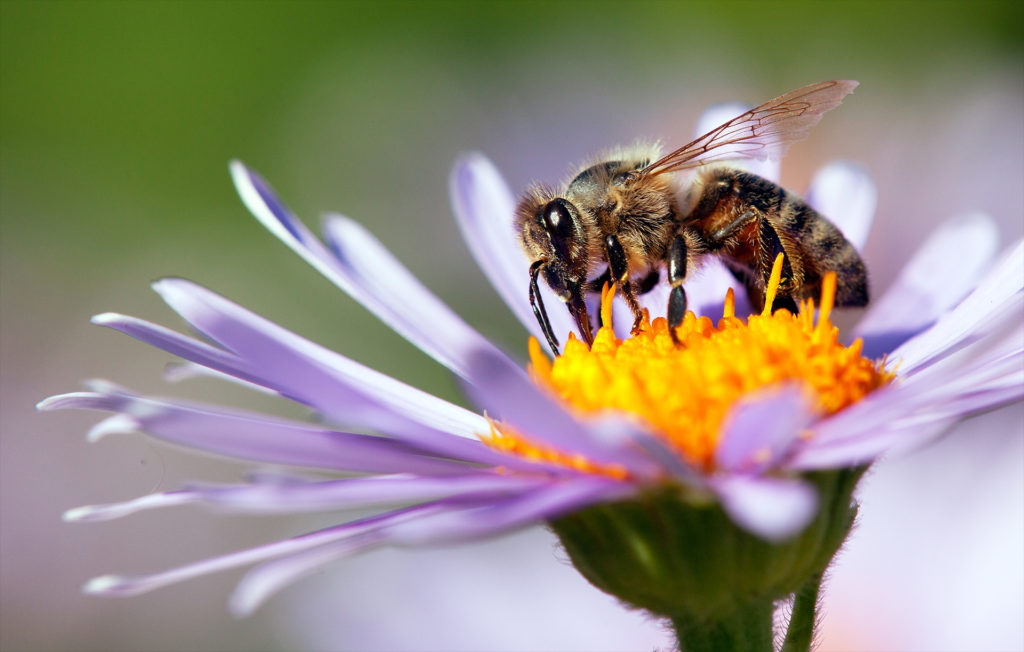Wake up to Nature: 9 Tips To Become A Bee Buddy

Why it’s important to keep Spring blooming during lockdown
Hives for Lives by the UK’s leading honey brand Rowse, is encouraging us all to help save the bees this summer, as they are vital for our environment. Bees don’t just give us honey; in fact, pollinators like the British honeybee help to ensure the life-cycle of more than 80% of crops and wild plants in Europe. Plus, they’re responsible for pollinating a third of the fruit and veg we eat, meaning lots of our favourite food and drink produce – like apples and strawberries – wouldn’t exist in a world without them.
The sting? The number of British beehives has declined by nearly 75% over the last century and the UK is missing nearly 40% of the beehives needed in order to future-proof our bee count. As bees need nectar and pollen to survive, they need some buddies; specifically, they need us. You can help them by getting some fresh air and planting seeds to grow flowering plants, which will not only make your flower boxes and gardens look good but, more than ever, is a good way of keeping the kids entertained whilst helping the bees keep our natural food growing.
Here are some handy hints and tips on how you can wake up to nature and become a Bee Buddy:
- Plant flowering plants from early spring through to winter. Make sure you have loads of different types; that way they’ll be in bloom throughout the seasons and the bees won’t go hungry. Here’s a handy list to tell you which plants will flower at different times of the year.
- Bees don’t like having to fly too far, so plant different varieties of plants close together.
- Some plants are more effective than others at attracting bees to your garden, so choose the bright flowers like lavender and borage, or tasty pollen herbs like thyme and marjoram.
- Bees like plants with varying heights, so planting trees, shrubs and larger plants will help.
- You don’t need to just plant in your garden – these will work just as well on your patio, window box or even hanging baskets.
- Bees love weeds! A lawn full of clover and dandelions is a haven for bees, so let a patch of your lawn grow or raise the notches on the mower to lift the cutting blade a few centimetres.
- Be wild! Some of a bee’s favourite nectar sources can be found in natural hedgerows and areas of wild plants or flowers, including bramble and ivy. Planting patches of these will not only help bumble bees, solitary bees and other pollinators, but will also help create the environments in which berries and seeds are produced, and which other wildlife also depend on.
- Bees need water, so make sure there is somewhere in your garden for them to drink from. They’re only small so a plate or a small bowl is ideal.
- If you see a tired or struggling bee, give them a one-off boost with some sugary water. Mix two tablespoons of white sugar and one tablespoon of water, put some of the mixture on the spoon with the bee and it should soon have a drink and become energised to take flight!
The more habitats you have in your garden, the more insects and bees you can attract and the more you’ll be doing to play a part and help nature to boost our natural resources. Hopefully it will keep everyone in your household busy and be something that the kids can learn about and focus on every day. Who knows, maybe they (or you!) will even want to become a bee farmer some day!







